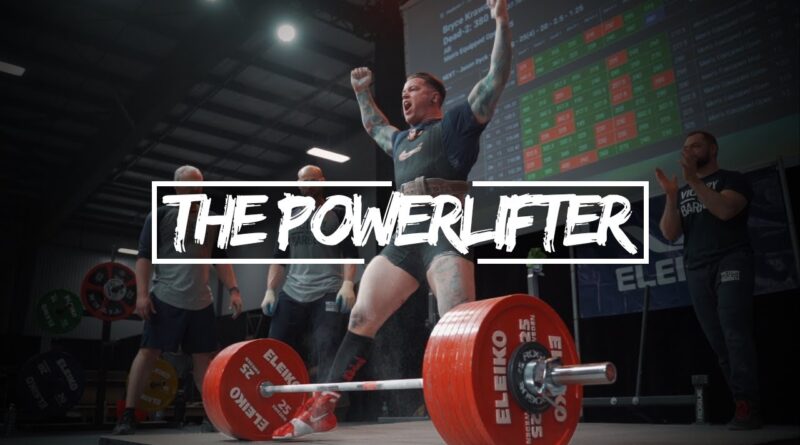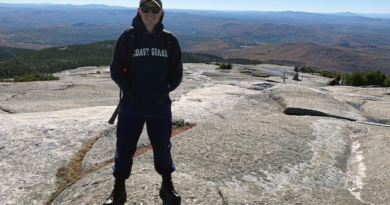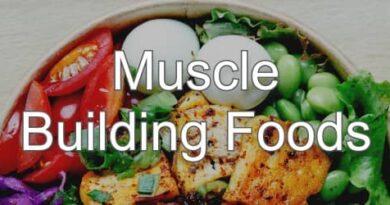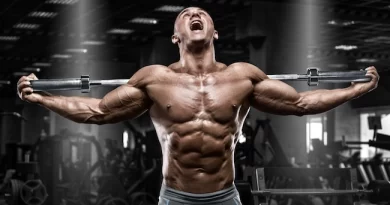So You Want to Be a Powerlifter? Start Here!
If you’re just getting started with powerlifting, there are some key things you need to know before you start out! In this beginner’s guide to powerlifting, we’ll talk about some of the key differences between this sport and other kinds of weightlifting and fitness training, as well as how to find powerlifting programs that will help you reach your goals. We’ll also discuss what kind of equipment you need, why it’s important to have good form when doing different exercises, and tips for making sure you don’t injure yourself in the process!
Why you should power lift

Of all forms of strength training, powerlifting is perhaps best known for its ability to produce dramatic and rapid fat loss. How can that be, you ask? Allow me to explain…Powerlifting is defined as explosive strength training of any kind, not simply taking weight off a barbell. When done correctly with proper form, it’s one of (if not THE) most effective forms of resistance training on earth. Why would that lead to rapid fat loss? Well, at the core of powerlifting are two principles: overload and specificity. This means you must progressively over time increase your workload or take weight off a barbell (or in our case bodyweight). In doing so, your body responds by shedding excess body fat. As an added bonus, this increased lean muscle mass will keep metabolism high for long after your workout ends. I hope this post has helped you better understand why powerlifting can burn fat so well.
Powerlifting Equipment

To start powerlifting, you’ll need some basic equipment. If you don’t have any of it, talk to your gym about renting or borrowing what you need (most gyms will be happy to help!). At a minimum, here’s what you’ll need: weight bench and barbell/dumbbells. If possible, buy your own equipment; then you can train at home if needed. Most lifting sessions focus on compound movements like squats, deadlifts and bench presses that work multiple muscle groups at once; those require several pieces of equipment so it’s best not to rely on borrowed gear. For example, good powerlifting shoes are very important for squatting safely and properly—don’t rely on getting them from your gym. A belt can also help stabilize the spine when you lift heavy weights. And wraps provide extra support and stability when doing heavy deadlifts. Required equipment includes a squat rack, a weight bench, a barbell bar and weight plates.
Choosing where to lift

There are many different types of powerlifting equipment, but when first starting out you’ll want to stick with basic machines. Free weights will be good for toning muscle in other parts of your body, like shoulders and arms, but if you’re strictly interested in building up your legs, it can be beneficial to choose machines that keep you stable and help you focus on one specific exercise (no squatting and lunging around!) Machines also typically have weight limits posted on them—free weights don’t. Start with 3 sets of 10-12 reps of three different exercises. Once you get comfortable with that program, start increasing the amount of weight. As always, check with your doctor before beginning any exercise program—especially one as intense as powerlifting. Keep your diet balanced and clean, especially during these times where carbs can make all the difference. Can powerlifting burn fat? Yes! When working out, more calories are being burned than consumed; however, an individual’s experience will vary depending on what they eat post-workout. Regardless of how well they eat after their workout though, increased physical activity means increased calorie expenditure over time—making this type of workout highly effective for those looking to lose weight.
Learn About The Squat

According to what is agreed on in most fitness circles, weightlifting is good for building muscle, which helps a person’s fitness goals. Additionally, it is hard to fathom that adding muscle mass can assist in burning fat, for weightlifters and those not in weightlifting. That said, burning calories with weights is more effective than burning calories when lifting lighter weights. The heavy weight consumes more oxygen and nutrients, thereby generating heat or caloric afterburn long after the person finishes exercising. Lift something heavy just once and you might still be burning calories hours later. That is to say, although you can powerlift, that doesn’t mean you’ll automatically get ripped – make sure you’re not still eating junk food too. You can squat while holding onto a chair to make sure you form it better. Step 1: Place your back to the chair, feet on the floor, and stance width of the hip. breath in and tuck your abs and inhale deeply before you flex your glutes and exhale as you heel to the ground. Press the hips out while bending the knee to get back to the starting position.
The Deadlift
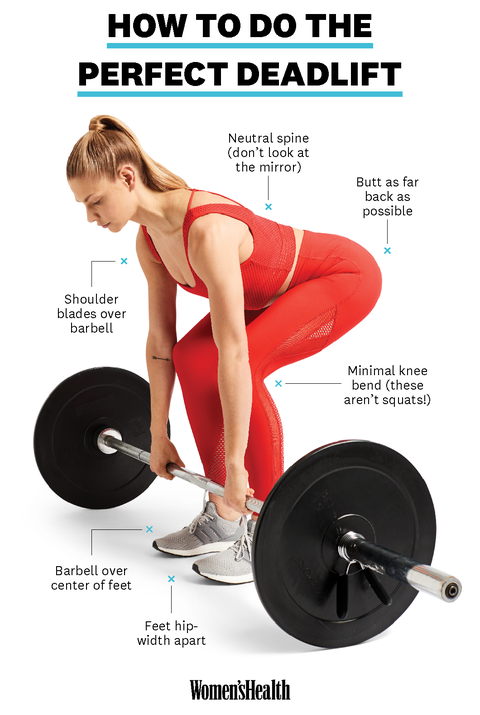
Weightlifters regularly bench press as part of their routines, and, in CrossFit, it’s not an isolated weightlifting move. It’s a multi-joint movement that will give extra benefits with the involvement of multiple muscles. All the good news is that as long as you work out, you’ll receive the benefits. That is to say, even though one can only do one rep with single-joint arm exercises like triceps extensions or lateral raises, that’s okay. Specific exercises like the deadlift can supplement the other two main weight training exercises: the squat and the bench press. It’s great for working the core, posture, and stability. Deadlifting strengthens many different muscle groups including the lower back, lower body, and core. A good position for the spine depends on this.
Bench Press
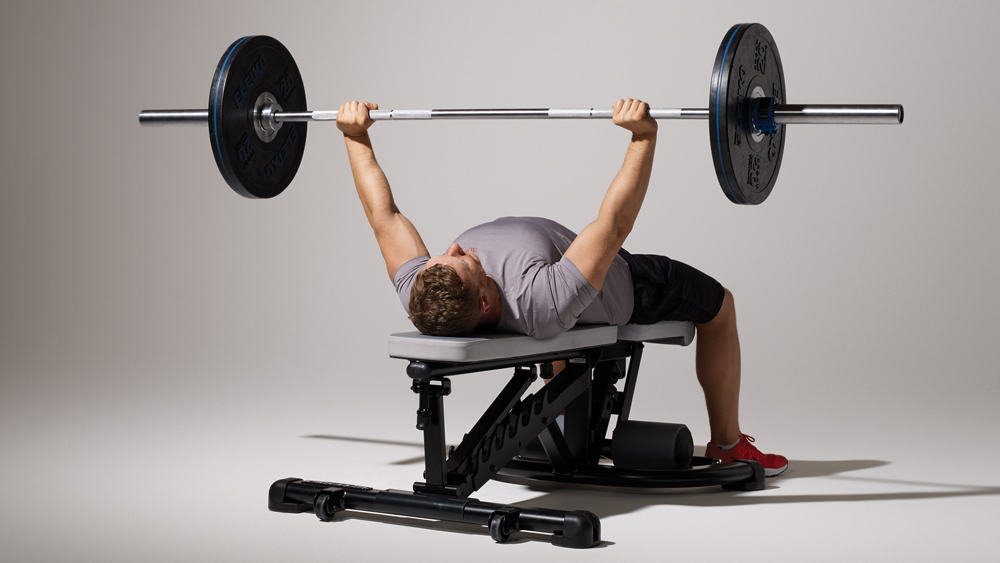
powerlifting can burn fat, but only if you’re doing it right. While powerlifting has received increased exposure over recent years, many people still misunderstand how best to combine training for strength and muscle gain with fat loss. First off, let’s dispel some of the myths. Yes, you can lose fat while powerlifting; there are few physical activities more metabolically taxing than maxing out your bench press at a bodyweight near that of your height. However, losing body fat requires planning and consistency—something that comes easily when your priority is gaining size and strength. By keeping cardio sessions focused on long-distance running or cycling (both power-packed exercises in their own right), you can do just that: hit both goals at once.
Benefits of Powerlifting
Using weights is a fun and low-impact way to get in shape. If you’re looking for muscle-building activities that can help increase your strength and endurance, powerlifting might be right for you. In addition, powerlifting also gives you an opportunity to socialize with other people who are interested in fitness or sports. So if you have some extra time on your hands and are interested in testing your limits as well as learning about yourself, consider giving powerlifting a try! Powerlifting is all about getting stronger in the big three lifts: the squat, bench press, and deadlift.

